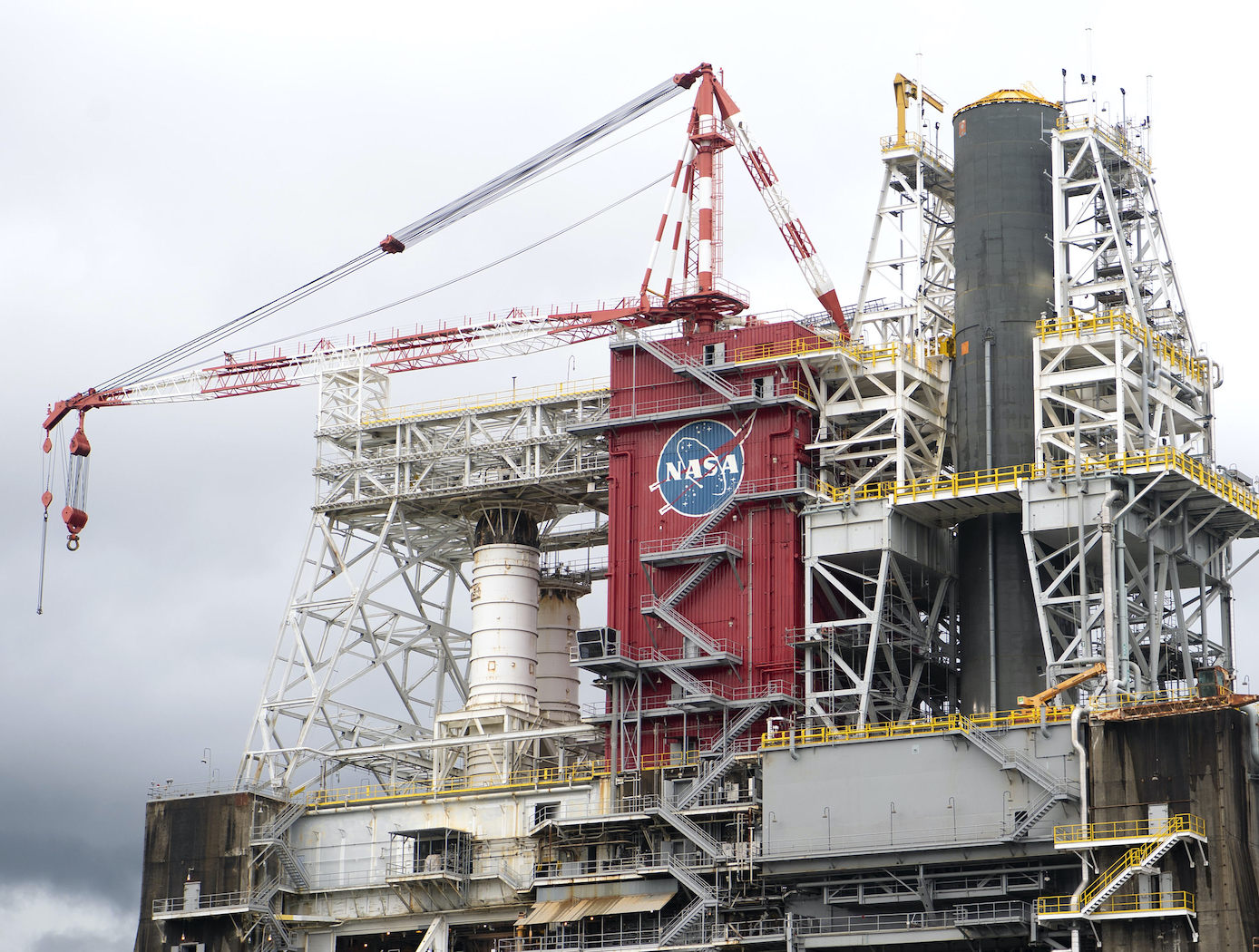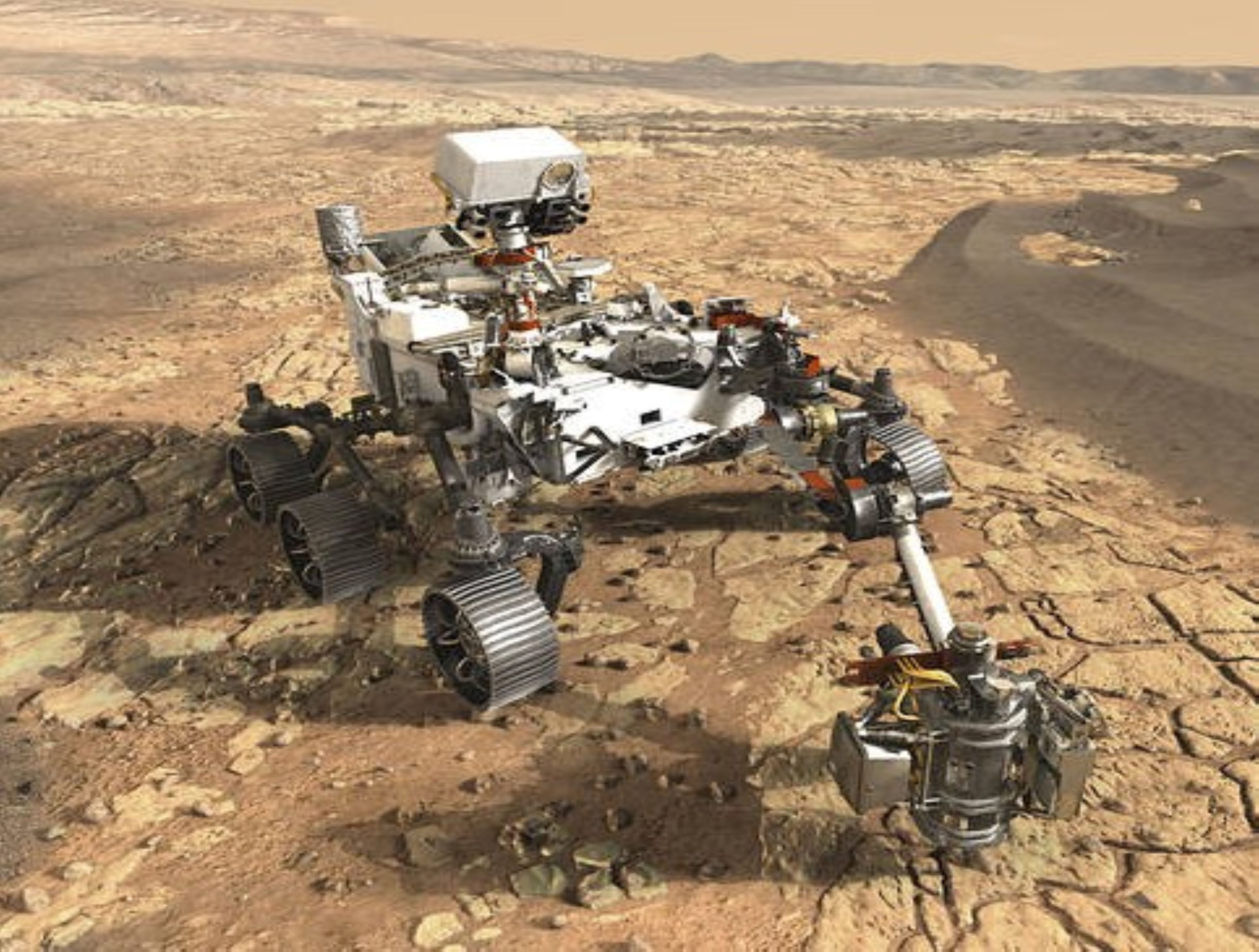Search
Mechanical and Fluid Systems

Soft Mate Lifting Device
The Soft Mate lifting device is a below-the-hook tool that provides initial and gentle contact between mating connections while using a crane. The device utilizes a set of rolling lobe airbags to add a pneumatically adjustable soft spring into the lift rigging of a crane. The device is particularly useful for NASA's testing of the SLS, which requires the assembly and disassembly of hundreds of threaded load lines. While the load lines have relatively large diameter threaded connections to join components, the fine threads can be easily damaged by impact or misalignment. The added softness of the Soft Mate's airbag system helps maintain a neutral load on the threads to prevent galling as they are manually screwed or unscrewed.
The current state of the art in precision placement of objects by cranes is a below-the-hook hydraulic system that does not add any elasticity in the lift rigging and requires the user to constantly adjust the hydraulic pressure to maintain a neutral force on objects being joined. By virtue of the pneumatic core, the Soft Mate lifting device provides the needed elasticity while minimizing user interaction during lifting and placement. Although designed particularly to aid in NASA's SLS threaded load line assembly, the extra compliance provided by the Soft Mate system may also benefit other applications where additional control and precision are required for placing or mating heavy components. The Soft Mate design has undergone extensive stress analysis and is based on commercially available components that can be scaled and optimized for different weight requirements. The system provides the flexibility needed to assemble heavy components with threaded connections or other precision crane placement applications where greater compliance is needed.
Mechanical and Fluid Systems

Multi-Link Spherical Joint
The Multi-Link Spherical Joint developed at NASA Johnson Space Center provides a substantial improvement over typical joints in which only two linearly actuated links move independently from one another. It was determined that the rotation point of a trussed link needed to be collocated at a shared point in space for maximum articulation. If not allowed separate rotation, the line of action through a universal joint and hinge acts effectively as another linkage. This leads to a much more complex and uncontrollable structure, especially when considering multiple dimensions.
Comprising the Multi-Link Spherical Joint, a spherical shell encases the cupped ends of each six possible attachments and allows each of those attachments to be independently controlled and rotated without inhibiting the motion of the others. To do this, each link is precisely limited to 15 degrees of rotation off the link centerline, thus allowing a total of 30 degrees of rotation for each link. The shell-and-cup structure can handle the loads of linear actuators that may be used to control and vary the geometry of a truss system utilizing the new joint technology. The calculated operating load that the truss system must handle can be used to scale the size of the joint, further allowing customization of any potential truss system. Additionally, the incorporated linear actuators can be controlled and powered by wiring routed through the joint without putting undo stress on the wires during operation. Accordingly, this innovative joint technology enables more efficient deployment and precise operation of articulating structures.
The Multi-Link Spherical Joint is at technology readiness level (TRL) 4 (component and/or breadboard validation in laboratory environment) and is available for patent licensing. Please note that NASA does not manufacture products itself for commercial sale.



